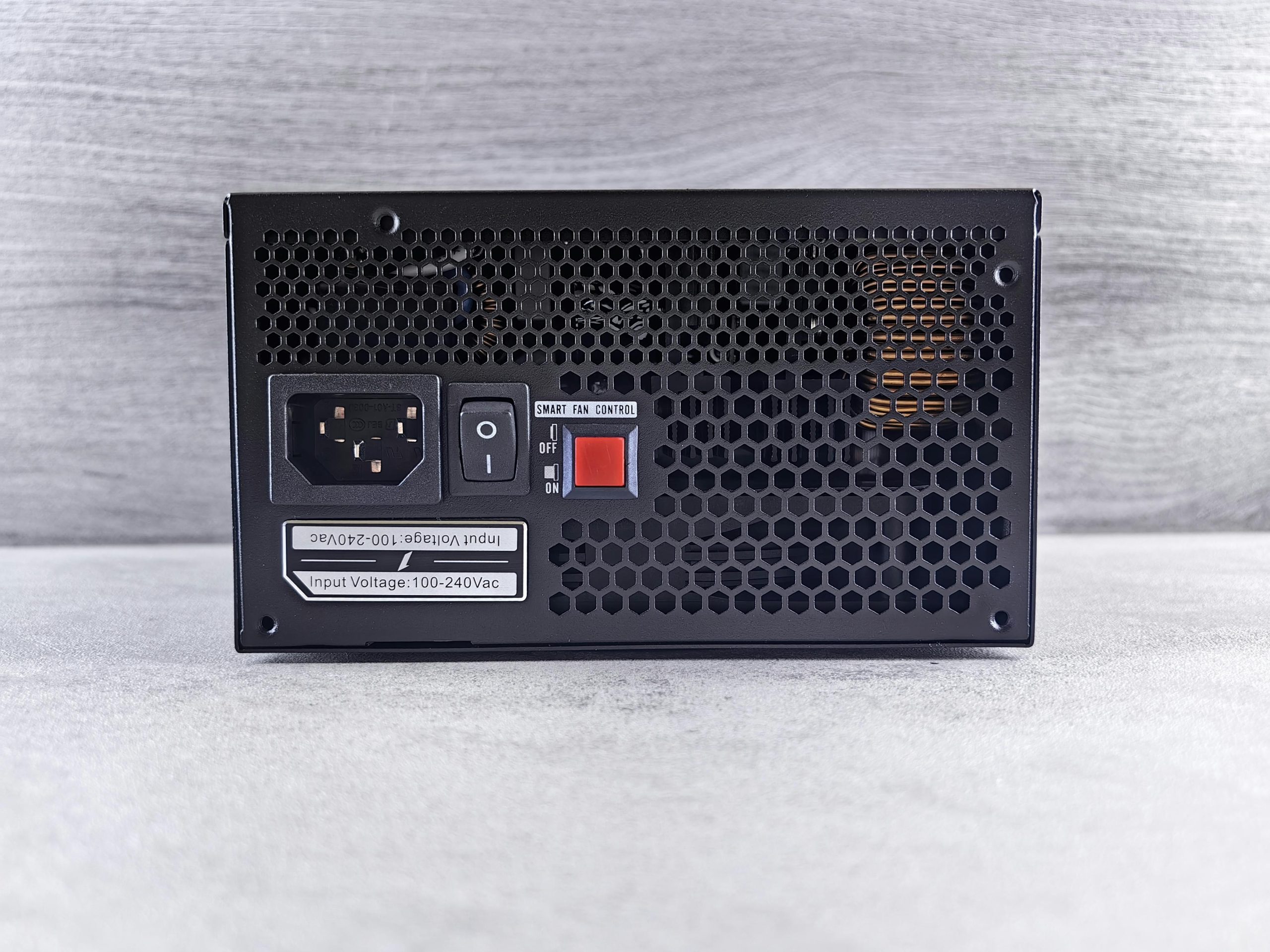Title: Troubleshooting an Unreliable Computer: Power Issues and Solutions
Is your computer frequently shutting down unexpectedly? This frustrating issue can disrupt your work and leisure activities. If you’ve noticed that your device keeps dropping power and fails to remain operational, you’re not alone. Many users face this common dilemma, often due to a variety of reasons. Here, we’ll explore potential causes and provide practical solutions to help restore stability to your system.
Identifying the Cause
Before diving into solutions, it’s crucial to pinpoint what might be causing your computer to lose power. The most common culprits include:
-
Overheating: Excessive heat can cause your computer to shut down in an effort to protect its components. Check for dust buildup in the fans and ensure proper ventilation.
-
Faulty Power Supply: A malfunctioning power supply unit (PSU) can lead to intermittent power loss. If you suspect this is the case, consider testing it with a multimeter or replacing it altogether.
-
Hardware Issues: Problems with internal components, such as the motherboard or RAM, can also lead to power instability. Running diagnostics can often help identify issues.
-
Software Conflicts: Sometimes, software glitches or corrupt system files can cause your computer to behave erratically. Ensure your operating system and drivers are up-to-date, and consider performing a system restore if necessary.
Steps to Resolve Power Issues
To address the problem of your computer shutting down unexpectedly, follow these steps:
-
Check for Overheating: Clean the internal components and ensure that fans are operational. Consider investing in additional cooling solutions if necessary.
-
Inspect the Power Supply: Confirm that the power supply is functioning correctly. If you are not comfortable testing it yourself, seek assistance from a professional.
-
Run Diagnostics: Use built-in diagnostic tools to check for hardware issues. Most operating systems offer tools to test memory and hard drives.
-
Update Software: Ensure that your operating system is updated, and scan for any software that may be causing conflicts. Uninstall unnecessary programs to reduce load on your system.
-
Seek Professional Help: If the problem persists despite your best efforts, it may be time to consult with a technician who can provide a more in-depth analysis.
Conclusion
Experiencing power issues with your computer can be incredibly frustrating, but understanding the potential causes and solutions is the first step
Share this content:




Hi there,
Power-related issues can stem from various hardware and software factors. Based on your description, I recommend starting with some basic troubleshooting steps:
Feel free to share more details about your system configuration and the circumstances under which the power drops occur for more tailored assistance. Good luck!